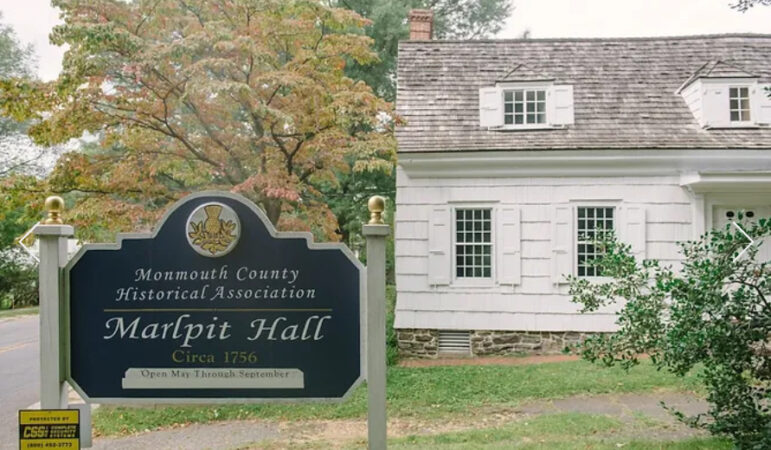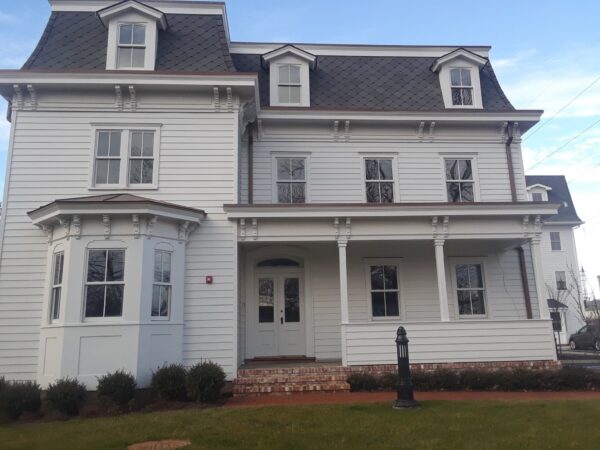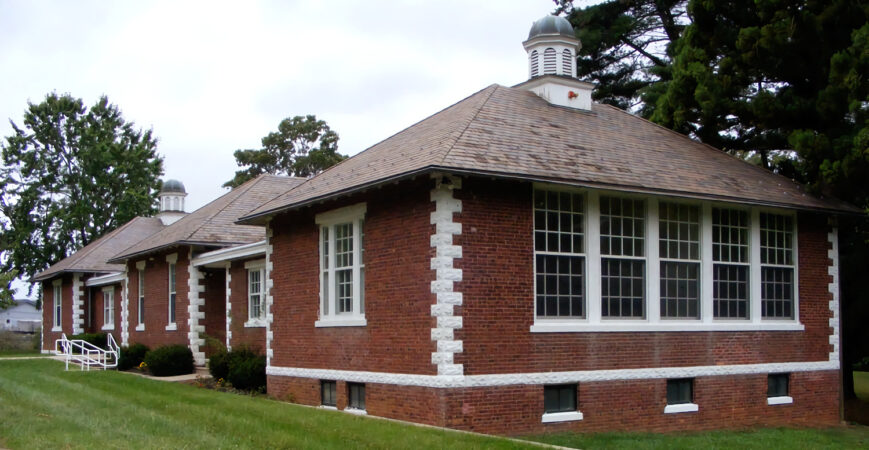Black History Trail

After the ceremonies were over commemorating the new historic marker in Eatontown for Samuel “Mingo Jack” Johnson, the New Jersey Social Justice Remembrance Coalition was sent a list of suggestions by the Equal Justice Initiative for ways to build on this commitment to preserving Monmouth County’s African American and Black history.
A member of the coalition suggested that Monmouth Timeline might be advantageously positioned to take on one of these suggestions, the creation of a Monmouth County Black History Trail, tying together all of the most important people and places in our regional Black history. We reached out to all of our contacts in the historic preservation community to get suggestions for sites and events to be included, so this effort reflects the input of a great many people, too many to thank by name here.
Such an exercise is inherently subjective. What we are striving for is to establish two one-day tours of our area, such that a class or people interested in Black History could reasonably visit all of the places on the Monmouth County Black History Trail within a single weekend. Therefore, this is not designed to present ALL events in our Black History, but those that are most important.
In order to keep the number of stops to what can be seen in one day, we have chosen to present one Black church (Fisk Chapel), and one African American burial ground (Cedar View Cemetery) to represent all of the Black churches and burial grounds in our area. Those two Black History Trail entries each includes the street addresses for the other historic Black churches and cemeteries in Monmouth County, for those who want to focus on those aspects of our history.
These are organized geographically, north to south, representing the shortest distance in which all of these stops can be visited. Day One stops include several museums where visitors will want to budget more time. Day Two stops include many important locations in our Black History but in most cases there is no memorial or marker to commemorate the events that occurred there, and hence less time is likely to be spent at these stops.













